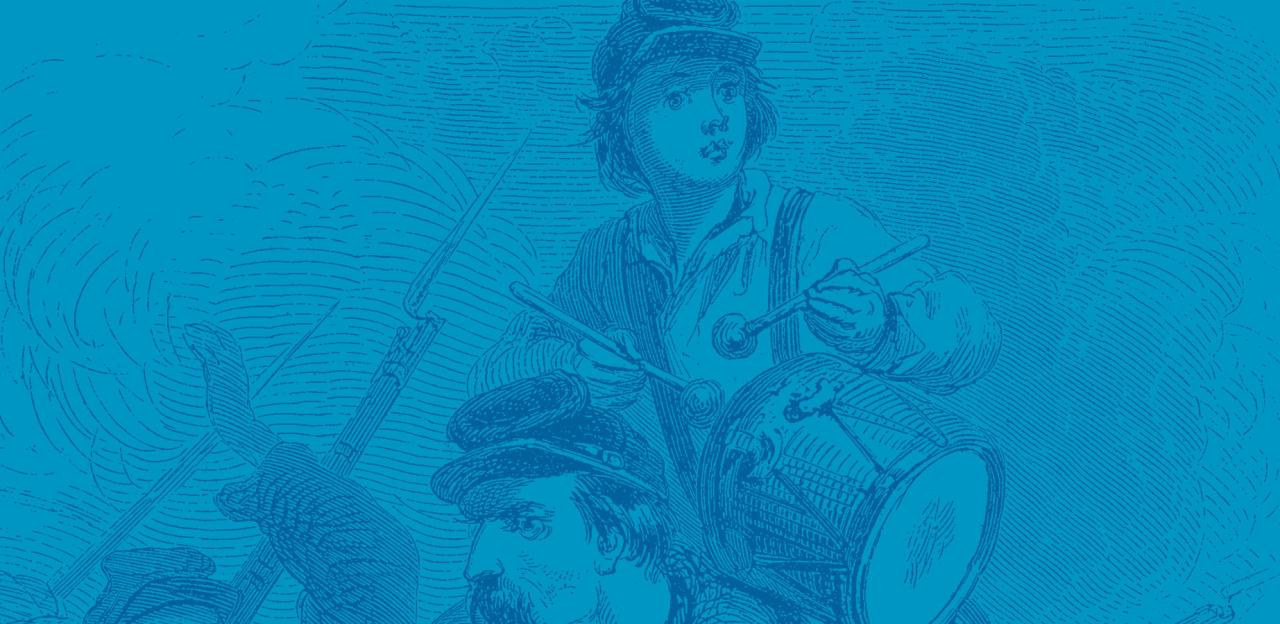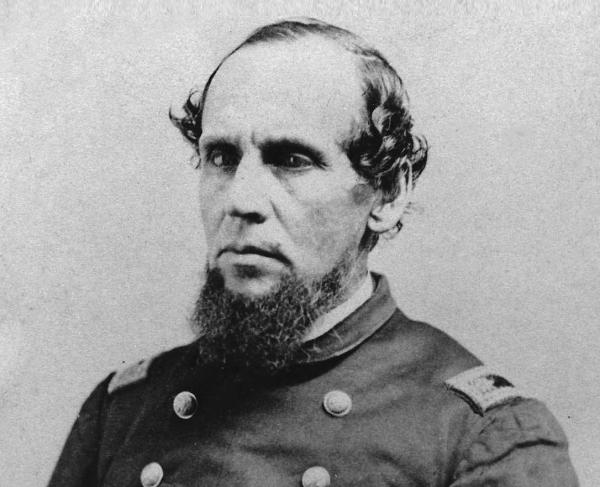Robert Clayborn

Robert Clayborn is a 32 year veteran teacher at St. Mark's in Indiana. Here he shares his enthusiasm for history with his students, preparing the next generation of historians and preservationists. Robert has been a long time supporter of the Civil War Preservation Trust, attending and volunteering at the annual Teacher Institute as well as helping the CWPT education department create useful materials for the classroom.
Q: How and why did you become a teacher?
RC: I became a teacher by accident. After serving for two years in the army, I was on my way home to Indianapolis to start flight school. The plane I was on hit a blizzard over the Rocky Mountains. I spent the next four hours or so on what can only be described as a rollercoaster ride. We landed in Dallas, Texas, where they took the injured off. At this point I decided this was not something I should have as a career. I knew I liked working with children; one thing led to another and I now have 32 years in the classroom.
I began teaching physical education for the Archdiocese of Indianapolis in 1978. In the early 1980s my school wanted to bring computers into the classrooms. I was assigned the position “Director of
Technology” after having mastered the art of turning one on. I felt that I might need to know a little more than this, so I began to enhance my knowledge in this field.
I began teaching on the subject of the Civil War in 1996. At first it was a resource to complement what was being taught with the textbooks. Shortly after this it was offered as a course of its own. I now balance our school’s technology needs with teaching a semester of Civil War Studies.
Q: What is your favorite topic or time period in history to teach?
RC: Ancient history was my first interest. I was fortunate enough to take fifth and sixth grade students overseas on a study program for several summers. Civil War history has been a passion of mine for over 20 years now, especially the Western Theater. I have always considered myself a student of history. I don’t think that it is possible to master any period in time. I come across new information or points to consider very often.
Q: As a middle school teacher, how do you get students interested in history?
RC: I have found what works best for me is to first make history personal for the students. This is surprisingly easier than you might expect. I have many returning students so I need to change curriculum often.
I do have two lessons I favor. The first one begins with students creating a personal family tree. The objective here is to establish names and places for students’ families around the 1860s. We then try to find family names through places like “The Soldiers and Sailors System.” Most students will find a name; for those who do not, I also focus on the consequence the war has put upon the families back home.
The second involves the use of a diary and letters belonging to a young man by the name of Ira Pettit. After his introduction and a little background, I feed my students bits and pieces from him. When the students start asking, “Have we gotten anything from Ira today?” I have them write letters to him. One of my students said it best, “It’s like having a window to look at the past.” The question they ask me most often is “What is going to happen to Ira?” I never tell until the last day of class.
Q: What challenges do you face in regard state standards? How do you overcome these challenges?
RC: The biggest challenge for meeting state standards is time. Most teachers have so much on their plates it’s hard to get everything in they are expected to. I have an advantage here. I get a semester to do what most middle school teachers have to do in two or three weeks. Our history defines us as a nation. It’s unfortunate that it doesn’t get the respect it deserves. I cringe every time that I see an adult unable to answer a question that every child should know about our history.
I find it a bigger challenge trying to teach about the Civil War to students who have never set foot on a battlefield. It is said that a picture is worth a thousand words. I feel standing on a battlefield (or any other historical location) is worth ten thousand pictures. Indiana had a treasure trove of historical evidence for this time period but most of it has been lost. It takes research to uncover information and I never pass up a chance to visit these locations. Sometimes a good video documentary can help fill the gap.
Q: What advice do you have for other teachers?
RC: First of all you have to enjoy learning about the subject you are teaching as much as you do teaching it. Challenge your students to find things you may not know. This makes for a great game, and shows students the value of always trying to achieve mastery. Second, look for resources outside of your school system. There are many groups and individuals with a vast amount of knowledge about the Civil War. Many of them will do presentations for free or nominal fees. I don’t see myself so much as someone who teaches about the Civil War as I do of someone who tries to pass on my passion for this time period in our history.


